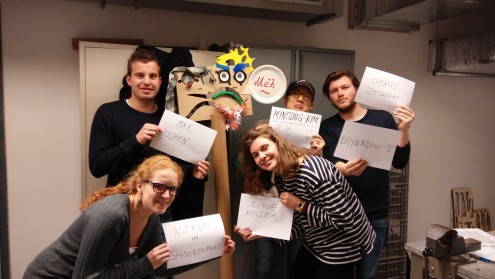Design for Interaction – Interactive Technology Design
“We live in a technological age. Since the invention of the silicon transistor in the fifties of the 20th century, products have increasingly become enriched with digital technology. Moreover, new categories of products have become possible. Continuing technological advances brought miniaturization, energy efficiency, more capabilities, connectivity, new materials, etc. Our culture has, with ups and downs, largely embraced the new technological possibilities. Now digital technology is ubiquitous, and many products today are enriched with digital technology.
Shaping product experiences with digital technology was at first mainly in the hands of engineers. When designers were involved, there influence was mostly restricted to the styling of interfaces at the end of the design process. In the past decade, and to a large extent fueled by the ‘makers’ culture, digital technology has become more accessible. Hence it has become possible for designers to shape product experiences already early on in the design process. Extending their influence to the level of interactivity rather then only the level of appearance.
In parallel, the field of design research has delivered new insights in how to approach the design for products with digital technology. While interaction design was first mainly concerned with the design of user interfaces on computer screens. Now it also encompasses the design of interfaces that employ sensors and actuators to engage users in a more bodily manner (i.e., embodied interaction). The field of interaction design has transitioned into experience design, where the focus of design is creating a context for an experience rather than solely focusing on the product interface.”
Interactive Technology Design Course Guide

First Day of ITD
The roles within the team
We work in groups (5-6 students), resembling multi-disciplinary design teams and are asked to take on a primary role (1) and to be actively involved in at least one secondary role (2). We identified the following roles:
• Astrid van Smoorenburg – Maker (1) and Manager (2)
•Max Rijken – Concepter (1) and Reporter (1)
• Minsung Kim – Engineer (1)
• Sophie Kelder – Engineer (1)
• Thomas Latcham – Maker (1) and Communicator (2)



